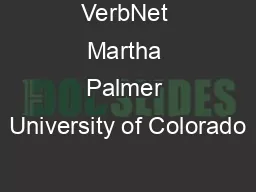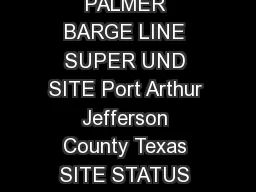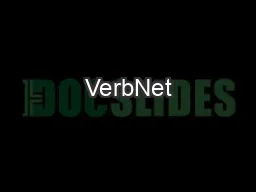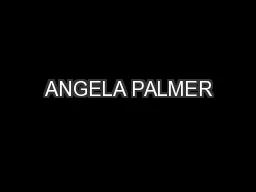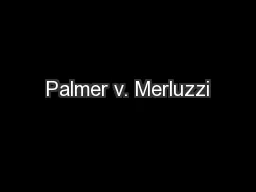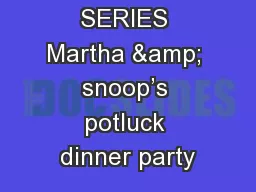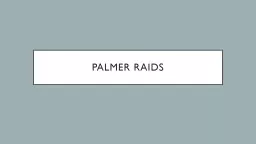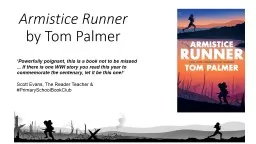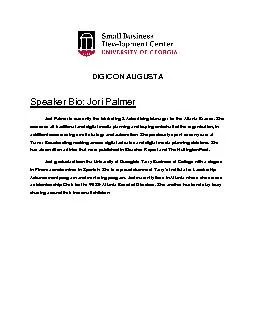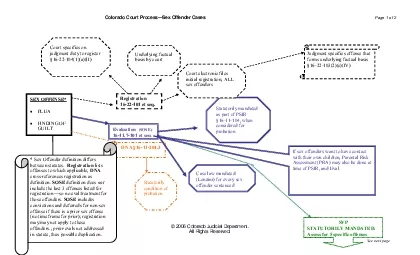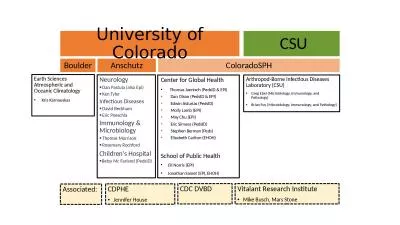PPT-VerbNet Martha Palmer University of Colorado
Author : cheryl-pisano | Published Date : 2018-03-21
LING 7800CSCI 7000017 September 16 2014 1 Outline Recap Levins Verb Classes VerbNet PropBank 2 Recap Fillmore Cases useful generalizations fewer sense distinctions
Presentation Embed Code
Download Presentation
Download Presentation The PPT/PDF document "VerbNet Martha Palmer University of Colo..." is the property of its rightful owner. Permission is granted to download and print the materials on this website for personal, non-commercial use only, and to display it on your personal computer provided you do not modify the materials and that you retain all copyright notices contained in the materials. By downloading content from our website, you accept the terms of this agreement.
VerbNet Martha Palmer University of Colorado: Transcript
Download Rules Of Document
"VerbNet Martha Palmer University of Colorado"The content belongs to its owner. You may download and print it for personal use, without modification, and keep all copyright notices. By downloading, you agree to these terms.
Related Documents

